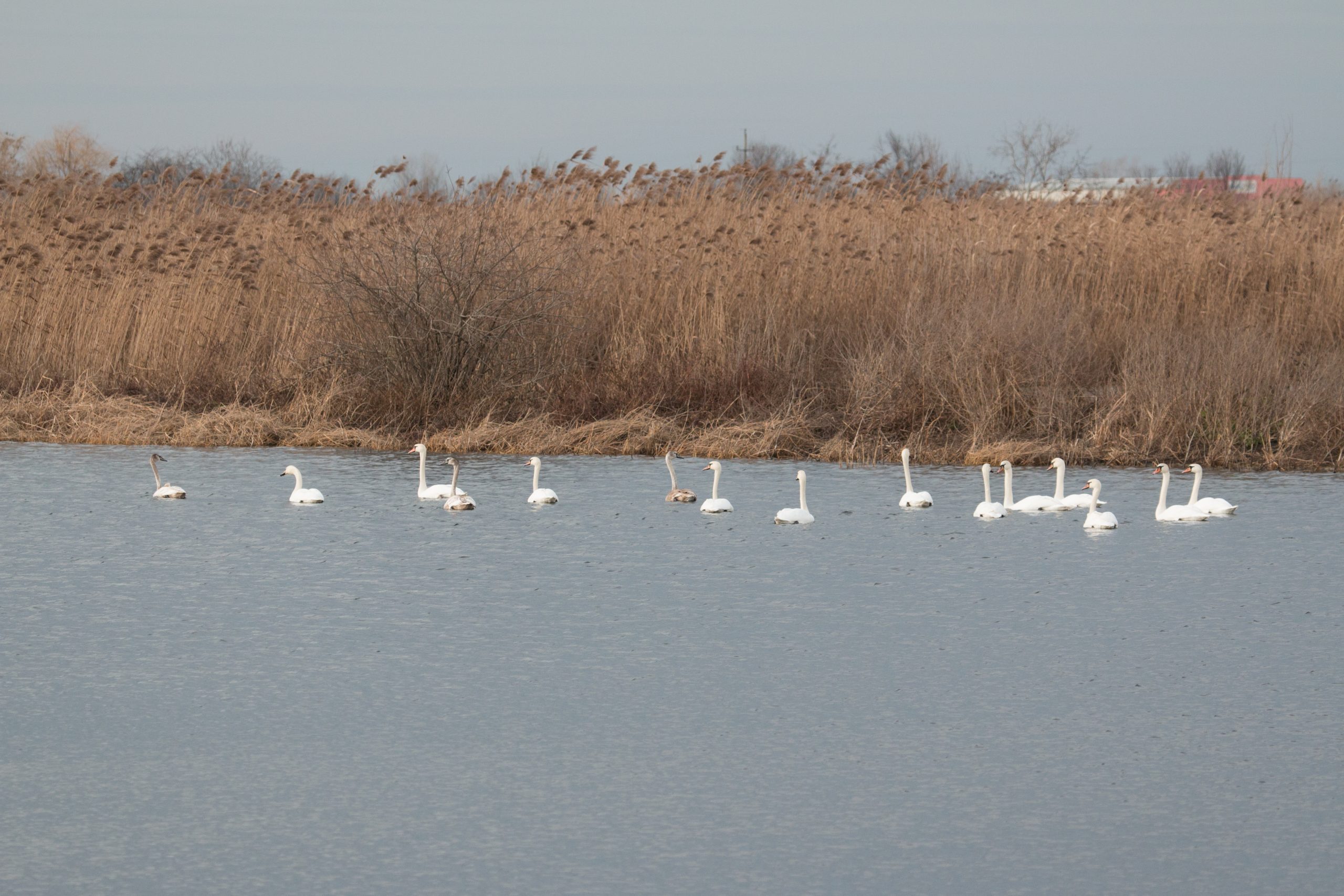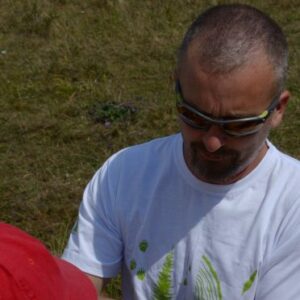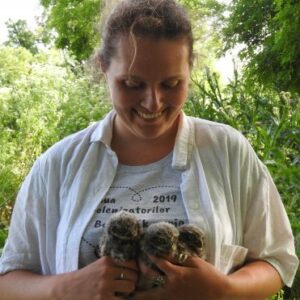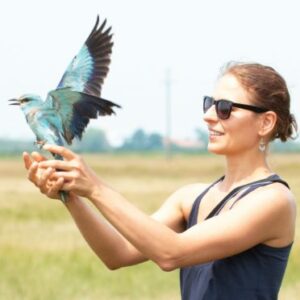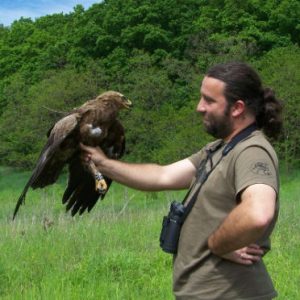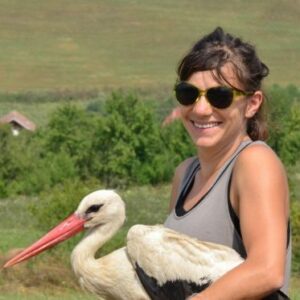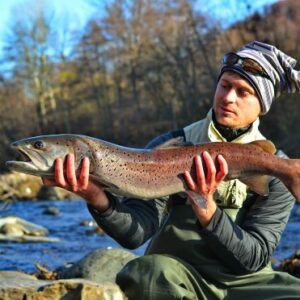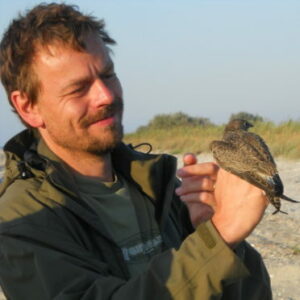This year “Milvus Group” Bird and Nature Protection Association, together with the Romanian Ornithological Society (SOR) organized again the annual census of wintering waterfowl (Midwinter Waterbird Census) in Romania. The International Waterbird Census (IWC) is coordinated by Wetlands International and it is organized every year in most countries of the world. As in the previous years, the period of observations was between the 10th and 31st of January.
For an easier coordination we split the wetland areas in two parts. Data from one part was totalized by Milvus Group and from the other part by the Romanian Ornithological Society. Besides Milvus Group staff, volunteers also sent their data sheets to us, thus more than twenty people contributed to the data which were totalized by Milvus Group. The observers carried out survey and gathered data in 95 wetlands from 21counties.
Most visited locations in this year were in Mureș County (17), followed by Satu Mare County (12) and Brăila County (12), but the size of the areas were not equal. In these counties numerous wetlands with small surface were visited, mostly lakes and smaller river courses. There were counties (like Caraș-Severin), where totally one or two locations were visited but observations were made on 130 km length route along the Danube River.
Totally 145,664 birds belonging to 115 species were observed. Of these, 120,412 belong to water bird species, which represent 82,6 % of the total. This however is only the number of “strict waterbirds” other species which all year’s life cycle is attached to water (White-tailed Eagle, Marsh Harrier, Grey Wagtail) could also be added to these.
As in the last year, in 2015 the highest number of observed birds (36,017 individuals) was along the Danube section between Baziaș and Orșova and the lowest number (1 individual) was recorded in Covasna County, on Râul Negru River. There were also places where the lakes were completely frozen and the observers saw only some songbirds, raptors or not even one bird.
The observers record the data (observer’s name, contact, name of the surveyed location, date of observation, optical equipment used, disturbing factors and their intensity, size of the area, percentage of ice cover on the water surface, etc.) on a data sheet and totalized the number of individuals of the observed bird species. After the field they draw the surveyed river section or the shape contour of the visited area on a map.
The most frequently seen waterbirds species were the following: Mallard (Anas platyrhynchos) – 57,495, Eurasian Coot (Fulica atra) – 7,359, Mute Swan (Cygnus olor) – 4,575, Great Cormorant (Phalacrocorax carbo) – 3,620 and the Goldeneye (Bucephala clangula) – 3,547 individuals.
The number of two more species, Tufted Duck and Caspian Gull exceeded three thousand individuals.
Besides waterbirds the five most frequent species were the following songbirds: Rook (Corvus frugilegus) – 9,309, Western Jackdaw (Corvus monedula) – 4,056, Tree Sparrow (Passer montanus) – 1,559, Magpie (Pica pica) – 1,338 and Goldfinch (Carduelis carduelis) – 1,063.
During the midwinter census some observers saw scarce species or uncommon species for this period of the year. These are the followings: Bewick’s Swan (Cygnus columbianus bewickii) – 31 ex., Velvet Scoter (Melanitta fusca) – 9 ex. and Chiffchaff (Phylloscopus collybita) – 2 ex.
As a curiosity for the census, we have to note a presence of a female South African Shelduck (Tadorna cana), a non-native bird species in Europe, observed in Galați.
We hereby would like to thank all participants for the provided data and their efforts in this work.

